Home>Articles>How To Identify Vintage Wrought Iron Furniture
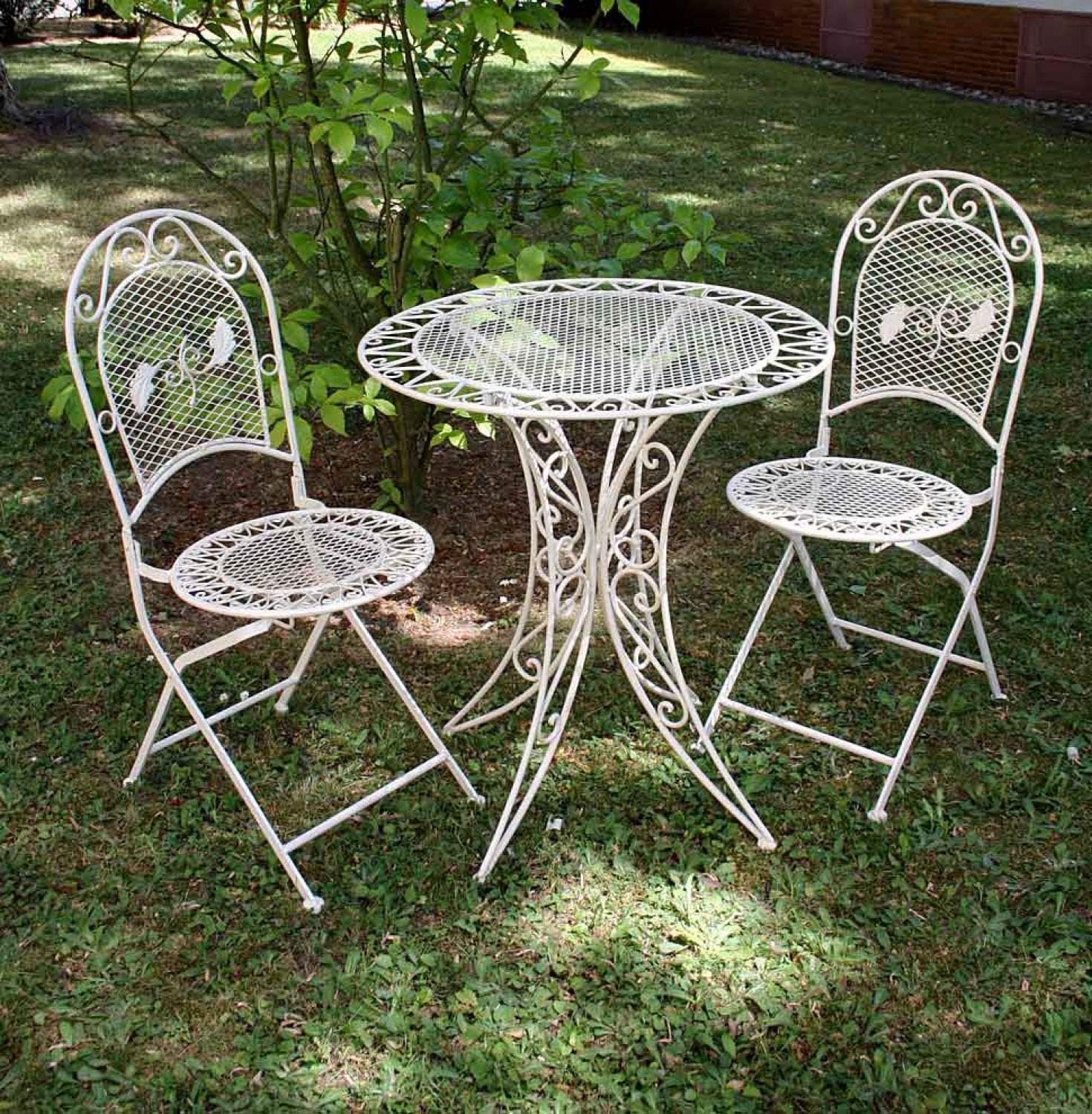

Articles
How To Identify Vintage Wrought Iron Furniture
Modified: February 26, 2024
Learn how to identify vintage wrought iron furniture and add timeless charm to your home decor. Explore our comprehensive guide on furniture styles, maintenance, and restoration techniques.
(Many of the links in this article redirect to a specific reviewed product. Your purchase of these products through affiliate links helps to generate commission for Storables.com, at no extra cost. Learn more)
Introduction
When it comes to furnishing a home, many people prefer the charm and durability of vintage furniture. Amongst the various options available, vintage wrought iron furniture stands out for its timeless appeal and unique character. Wrought iron furniture has a rich history dating back centuries and has been admired for its strength and intricate designs.
In this article, we will delve into the world of vintage wrought iron furniture and provide you with insights on how to identify and appreciate its beauty. Whether you are a collector, decorator, or simply someone who appreciates the craftsmanship of the past, understanding the nuances of vintage wrought iron furniture can enrich your overall furniture knowledge.
Before we explore the intricate details of vintage wrought iron furniture, it is important to understand what sets it apart from other types of furniture. The term “wrought” refers to the process of hand-forging metal into intricate shapes and designs. This labor-intensive technique results in furniture pieces that are not only functional but also works of art.
Throughout history, wrought iron furniture has been used both indoors and outdoors. Its versatility and durability make it a popular choice for various settings, from elegant gardens to cozy interiors. By learning to identify vintage wrought iron furniture, you can appreciate its craftsmanship, understand its historical significance, and make informed choices when it comes to purchasing or preserving these unique pieces.
So, let’s embark on a journey through time and unravel the secrets of vintage wrought iron furniture together. From examining the material and construction to recognizing the design and style, we will equip you with the knowledge needed to confidently identify and appreciate these timeless treasures.
Key Takeaways:
- Vintage wrought iron furniture is characterized by its durability, intricate designs, and historical significance. Understanding its material, construction, and design styles can help enthusiasts appreciate and identify these timeless pieces.
- When buying vintage wrought iron furniture, thorough inspection, research, and consideration of factors such as age, condition, and restoration potential are crucial. Trusting personal taste and seeking reputable sellers can lead to rewarding acquisitions.
Understanding Vintage Wrought Iron Furniture
Vintage wrought iron furniture holds a special place in the world of home decor. Its unique combination of strength, elegance, and intricate design makes it a popular choice for those seeking timeless beauty. To truly appreciate vintage wrought iron furniture, it is important to understand its characteristics and the craftsmanship behind it.
Wrought iron itself is an iron alloy that has a low carbon content. This makes it highly malleable and allows skilled artisans to shape it into intricate designs. Unlike cast iron, which is poured into molds, wrought iron is forged by hand, giving each piece a distinct and individual character.
One of the distinguishing features of vintage wrought iron furniture is its weight. Compared to modern furniture made from lighter materials, vintage wrought iron pieces have a substantial heft to them. This is due to the high iron content and the method of hand forging, which creates a dense and sturdy structure.
Another characteristic of vintage wrought iron furniture is its durability. Wrought iron is known for its strength and long-lasting nature, making it ideal for outdoor use. Unlike wood or other materials that may deteriorate over time, vintage wrought iron furniture can withstand the elements and retain its beauty for decades.
The intricate designs found on vintage wrought iron furniture are a testament to the skill and artistry of the craftsmen who created them. From delicate scrollwork to intricate filigree patterns, each piece is a work of art in its own right. These designs not only add visual interest but also enhance the overall aesthetic of any space.
In addition to its visual appeal, vintage wrought iron furniture also offers practical benefits. The openwork design allows for airflow, making it comfortable to sit on even in warmer climates. The sturdy construction and non-porous nature of wrought iron also make it easy to clean and maintain.
Overall, understanding the characteristics of vintage wrought iron furniture allows you to appreciate the craftsmanship and beauty that goes into each piece. From its strength and durability to its intricate designs, vintage wrought iron furniture is a testament to the skill and artistry of the past.
In the next sections, we will explore the key elements of vintage wrought iron furniture that will help you identify its age, origins, and value. By developing a keen eye for these details, you can confidently navigate the world of vintage wrought iron furniture and make informed decisions when adding these timeless pieces to your home.
Examining the Material and Construction
When it comes to identifying vintage wrought iron furniture, examining the material and construction is crucial. Understanding the quality and craftsmanship of a piece can provide insight into its age, origin, and overall value.
First and foremost, it’s important to ascertain that the furniture is indeed made of wrought iron. While it may seem obvious, there are instances where other metals, such as steel or aluminum, are given a faux finish to mimic the look of wrought iron. Genuine vintage wrought iron furniture will have the weight, density, and characteristic appearance of iron.
To further determine the authenticity of the material, you can use a magnet. Wrought iron is not magnetic, so if the furniture is attracted to the magnet, it is likely made of another material. However, keep in mind that over the years, wrought iron furniture may have been painted or coated, which may affect the magnet test results.
Next, examine the construction of the piece. Vintage wrought iron furniture is often hand-forged, resulting in well-defined and detailed elements. Look for signs of hammer marks, welds, or soldering joints. These imperfections are indicative of the craftsmanship involved in creating the piece.
Pay close attention to the welds and joints as they can provide valuable clues about the age and authenticity of the furniture. Vintage wrought iron furniture typically features sturdy welds that blend seamlessly into the overall design. Old-fashioned methods such as forge welding or spot welding were commonly used in the past.
Additionally, examine the connections between different parts of the furniture. Vintage wrought iron pieces are often connected using nuts, bolts, or decorative screws. These connections are typically tight and secure, ensuring the durability of the furniture.
Another aspect to consider is any decorative elements or embellishments on the furniture. Vintage wrought iron furniture is known for its intricate designs and attention to detail. Look for decorative motifs, such as scrollwork, floral patterns, or geometric shapes. These elements are often hand-formed and add to the overall aesthetic appeal of the piece.
It’s worth noting that the presence of rust or corrosion does not necessarily indicate poor quality. Wrought iron is susceptible to rust, especially if the furniture has been exposed to the elements or if it has not been properly maintained. However, excessive rust or structural damage should be carefully evaluated as it may affect the stability and integrity of the piece.
By thoroughly examining the material and construction of vintage wrought iron furniture, you can gain valuable insights into its authenticity, craftsmanship, and overall condition. These factors play a significant role in determining the value and desirability of the piece, making it essential for any discerning collector or enthusiast.
Recognizing the Design and Style
One of the joys of vintage wrought iron furniture is the wide array of design styles that have emerged throughout history. From ornate and intricate to clean and minimalist, recognizing the different design styles can help you identify the era and origin of a piece.
One popular design style of vintage wrought iron furniture is the Victorian style, which flourished during the 19th century. Victorian furniture is characterized by its elaborate and ornate designs, featuring intricate scrollwork, floral motifs, and curves. Pieces from this era often exhibit a sense of grandeur and opulence.
Art Nouveau is another design style that gained prominence at the end of the 19th century and into the early 20th century. This style is known for its flowing and organic shapes, inspired by natural forms. Art Nouveau wrought iron furniture often features graceful curves and intricate botanical or animal motifs.
In contrast to the ornate styles, the Mid-Century Modern movement brought about a shift towards simplicity and functionality. During the 1950s and 1960s, Mid-Century Modern wrought iron furniture emerged with clean lines, geometric shapes, and a focus on minimalism. Pieces from this era tend to have a sleek and streamlined appearance.
Rustic or cottage-style vintage wrought iron furniture reflects a more rugged and natural aesthetic. These pieces often feature distressed finishes, rough textures, and elements inspired by nature. Rustic wrought iron furniture is commonly associated with country or farmhouse-style interior design.
Industrial-style vintage wrought iron furniture rose to popularity in the late 20th century and continues to be sought after today. This style is characterized by its raw and utilitarian look, often incorporating reclaimed materials and showcasing exposed hardware. Industrial wrought iron furniture embodies a sense of urban sophistication and urban loft appeal.
When identifying the design and style of vintage wrought iron furniture, consider the overall silhouette, the patterns and motifs present, and any distinctive features that align with specific design movements or periods. Comparing the piece to reference materials or consulting with experts can also provide valuable insights into its style and era.
Keep in mind that styles can also be influenced by geographical regions and cultural movements. For example, Mediterranean wrought iron furniture often features intricate swirls and arabesque designs, reflecting the influence of Mediterranean architecture and aesthetics.
By recognizing the design and style of vintage wrought iron furniture, you can not only appreciate the beauty of each piece but also gain a deeper understanding of its historical and cultural context. Understanding the different design movements and styles can enhance your ability to accurately date and identify vintage wrought iron furniture.
Identifying the Age and Origin
Determining the age and origin of vintage wrought iron furniture is a fascinating pursuit that allows you to uncover its historical significance and cultural heritage. By closely examining certain characteristics and conducting research, you can gain valuable insights into the origins and timeline of a piece.
One of the key factors to consider when identifying the age of vintage wrought iron furniture is its overall style and design. Different design movements and trends emerged during specific time periods, reflecting the prevailing tastes and influences of the era. Referencing design catalogs, books, or online resources can provide a wealth of information to help pinpoint the approximate age of the piece.
Another clue to the age of wrought iron furniture is the type of manufacturing techniques used. Early pieces were hand-forged, showcasing the distinctive marks of blacksmiths. As industrialization took hold, machine-made wrought iron furniture became more common. Looking for hand-forged marks or indications of machine production can give clues regarding the era of the piece.
Examining the hardware and fasteners can also provide information about the age of vintage wrought iron furniture. Different types of screws and bolts were prevalent during different time periods, and understanding the evolution of these fasteners can help in dating the piece.
Additionally, evaluating the overall condition of the furniture can offer insights into its age. Surface finishes, patina, and signs of wear can provide clues about the age and history of the piece. While some signs of aging, such as rust or corrosion, are expected, excessive damage or repairs may indicate that the piece is relatively newer or has undergone significant restoration.
Understanding the provenance and origins of vintage wrought iron furniture can be a challenging task. However, certain characteristics and details may point to specific regions or cultural influences. For instance, Mediterranean wrought iron furniture often incorporates intricate scrolls and curves reminiscent of Mediterranean architecture. French Art Nouveau wrought iron furniture may showcase more organic and flowing designs.
If possible, researching the manufacturer or designer of the piece can offer valuable information about its age and origin. By tracking down catalogs, advertisements, or historical records, you can narrow down the timeframe and place the piece was produced.
Remember that identifying the age and origin of vintage wrought iron furniture requires a combination of examination, research, and sometimes expert advice. It is a fascinating journey that allows you to appreciate the historical significance and cultural roots of these beautiful pieces of furniture.
Look for signs of hand-forging such as slight irregularities and hammer marks. Vintage wrought iron furniture often has a heavier weight and more intricate designs compared to modern pieces.
Read more: How To Identify Vintage Wicker Furniture
Evaluating the Condition and Restoration
When it comes to vintage wrought iron furniture, assessing the condition and any previous restoration work is crucial in determining its value and potential longevity. Understanding the condition of the piece allows you to make informed decisions about its purchase, restoration, or maintenance.
The first step in evaluating the condition of vintage wrought iron furniture is to examine its overall structural integrity. Ensure that the frame is sturdy, and there are no significant bends, cracks, or breaks. Pay close attention to the joints and connections, as these areas are prone to weakness or damage over time.
Surface condition and rust are common issues with vintage wrought iron furniture. Surface rust can often be remedied with proper cleaning and maintenance. However, extensive rust that has weakened the metal or caused structural damage may require more advanced restoration techniques.
When assessing the condition of a piece, also consider any previous restoration work that may have been done. Restoration can involve anything from cleaning and re-painting to more complex repairs and replacements. Examine the quality and integrity of the restoration work to ensure that it was done professionally and does not compromise the original beauty or value of the piece.
It’s important to keep in mind that the presence of some restoration is not necessarily a negative factor. Over time, vintage wrought iron furniture may require repairs or refurbishment to maintain its structural integrity and aesthetic appeal. However, excessive or poorly-executed restoration work can diminish the value of the piece.
If you’re considering purchasing a vintage wrought iron furniture piece that has undergone restoration, inquire about the details of the restoration process. Knowing what repairs or alterations have been done can help you make an informed decision about its overall condition and price.
Ultimately, the state of the vintage wrought iron furniture and the extent of restoration needed will influence its value and desirability. Collectors and enthusiasts may have different preferences when it comes to the level of originality versus restoration.
When assessing the condition and restoration of vintage wrought iron furniture, consider consulting with professionals or experts in the field. Their expertise can provide valuable insights and guidance on the best course of action for preserving and enhancing the beauty of these timeless pieces.
Pricing and Value Considerations
When it comes to vintage wrought iron furniture, determining its pricing and value can be a complex undertaking. Several factors need to be taken into consideration, including the age, condition, rarity, design, and historical significance of the piece.
One key consideration when determining the value of vintage wrought iron furniture is its age. Generally, older pieces tend to have higher value, especially if they are from a highly sought-after era or reflect a particular design movement. However, rarity and unique characteristics also play a significant role in setting the price.
The condition of the furniture is another crucial factor in determining its value. Pieces in excellent original condition, with minimal restoration work and minimal signs of wear, are generally more desirable and command higher prices. However, some collectors and enthusiasts may specifically seek out pieces with a well-aged patina or signs of authenticity, so personal preferences can also influence the perceived value.
The design and style of the piece can greatly impact its value. Highly desirable design movements, such as Art Nouveau or Mid-Century Modern, can command higher prices due to their popularity and cultural significance. Ornate and intricate designs may also be valued more highly due to the craftsmanship and artistic appeal.
Another factor to consider is the historical and cultural significance of the piece. If the furniture has a documented provenance, is associated with a renowned designer or manufacturer, or is connected to a significant historical event or period, it is likely to be more valuable. People are often willing to pay a premium for pieces with a unique story or connection to a particular time or place.
Market demand also plays a role in establishing the value of vintage wrought iron furniture. Trends, preferences, and collector demand can ebb and flow over time, impacting the prices. Understanding the current market and seeking advice from experts or professionals in the field can help ensure a fair valuation.
It’s important to note that valuing vintage wrought iron furniture is not an exact science, and prices can vary widely depending on various factors. Online auctions, antique fairs, and specialized vintage furniture dealers are excellent resources for exploring price ranges and getting a sense of the market value for specific pieces.
Ultimately, the value of vintage wrought iron furniture is subjective and can vary depending on individual preferences, market trends, and the specific attributes of the piece. By considering all these factors and conducting thorough research, you can make informed decisions about pricing and determine the fair value of these unique and captivating furniture pieces.
Tips for Buying Vintage Wrought Iron Furniture
Buying vintage wrought iron furniture can be a rewarding experience, allowing you to bring a touch of history and craftsmanship into your home. However, it’s essential to approach the purchasing process with some key tips in mind to ensure you make a wise investment. Here are some valuable tips to consider:
1. Research and educate yourself: Before making any purchase, take the time to research and familiarize yourself with vintage wrought iron furniture. Learn about different design styles, historical periods, and the characteristics of authentic wrought iron. This knowledge will empower you to make informed decisions.
2. Inspect the piece thoroughly: When examining a potential purchase, closely inspect the furniture for any structural issues, damage, or signs of poor quality. Pay attention to joints, welds, and connections, as well as the overall condition of the iron. Ensure that any restoration work has been done well and is in line with the original design.
3. Consider the size and scale: Vintage wrought iron furniture can vary greatly in size and scale. Before buying, measure the space where the piece will be placed to ensure it fits properly and harmonizes with other furniture and decor in the room. Visualize how it will contribute to the overall aesthetic and functionality of the space.
4. Seek out reputable sellers: When purchasing vintage wrought iron furniture, it’s best to buy from reputable sellers, such as antique dealers, vintage furniture stores, or established online marketplaces. Seek out sellers with good reviews and a track record of dealing in authentic and quality pieces.
5. Ask questions and get documentation: Don’t hesitate to ask the seller questions about the history, age, and origin of the piece. Request any available documentation or provenance that can verify the authenticity and provide additional insights. A reputable seller should be willing to provide this information.
6. Consider restoration potential: Assess the restoration potential of the piece, especially if you come across a unique or rare find that requires some TLC. Determine if you have the resources and expertise to undertake any necessary restoration work, or if you need to enlist the help of professionals.
7. Understand the pricing and value: Take into account the various factors that influence the pricing and value of vintage wrought iron furniture, such as age, condition, design, and historical significance. Research recent sales of similar pieces to get an idea of the market value and ensure you are paying a fair price.
8. Trust your instincts and personal taste: Ultimately, trust your instincts and personal taste when selecting vintage wrought iron furniture. Choose pieces that resonate with you and align with your interior design vision. Vintage furniture is not just an investment but also an opportunity to express your unique style and personality.
By following these tips, you can navigate the world of vintage wrought iron furniture with confidence and make well-informed buying decisions. Remember to take your time, do your research, and seek out pieces that speak to your aesthetic sensibilities and home decor needs.
Conclusion
Vintage wrought iron furniture holds a timeless appeal that can bring a touch of elegance and character to any space. By understanding the intricacies of vintage wrought iron furniture, you can embark on a journey through history, appreciating the craftsmanship and stories behind each piece.
From examining the material and construction to recognizing the design and style, identifying vintage wrought iron furniture becomes an engaging pursuit. By evaluating the age, origin, and condition, you can make informed decisions when purchasing or restoring these captivating pieces.
As you explore the world of vintage wrought iron furniture, remember to conduct thorough research, seek out reputable sellers, and trust your instincts. Consider factors such as the age, design, and historical significance when assessing the value of a piece. And don’t forget to carefully inspect for any damage or restoration work that may affect its authenticity and durability.
Whether you’re a collector, decorator, or simply a lover of vintage beauty, vintage wrought iron furniture offers a unique opportunity to bring history into your home. By following our tips and guidelines, you can confidently navigate the market and find exquisite pieces that align with your style and enhance your living spaces.
So, embrace the charm and allure of vintage wrought iron furniture, and let each piece tell its own story in your home. Whether it’s an intricate Victorian piece, a sleek Mid-Century Modern design, or a rustic farmhouse find, vintage wrought iron furniture is sure to elevate your decor and captivate the imagination for years to come.
Frequently Asked Questions about How To Identify Vintage Wrought Iron Furniture
Was this page helpful?
At Storables.com, we guarantee accurate and reliable information. Our content, validated by Expert Board Contributors, is crafted following stringent Editorial Policies. We're committed to providing you with well-researched, expert-backed insights for all your informational needs.
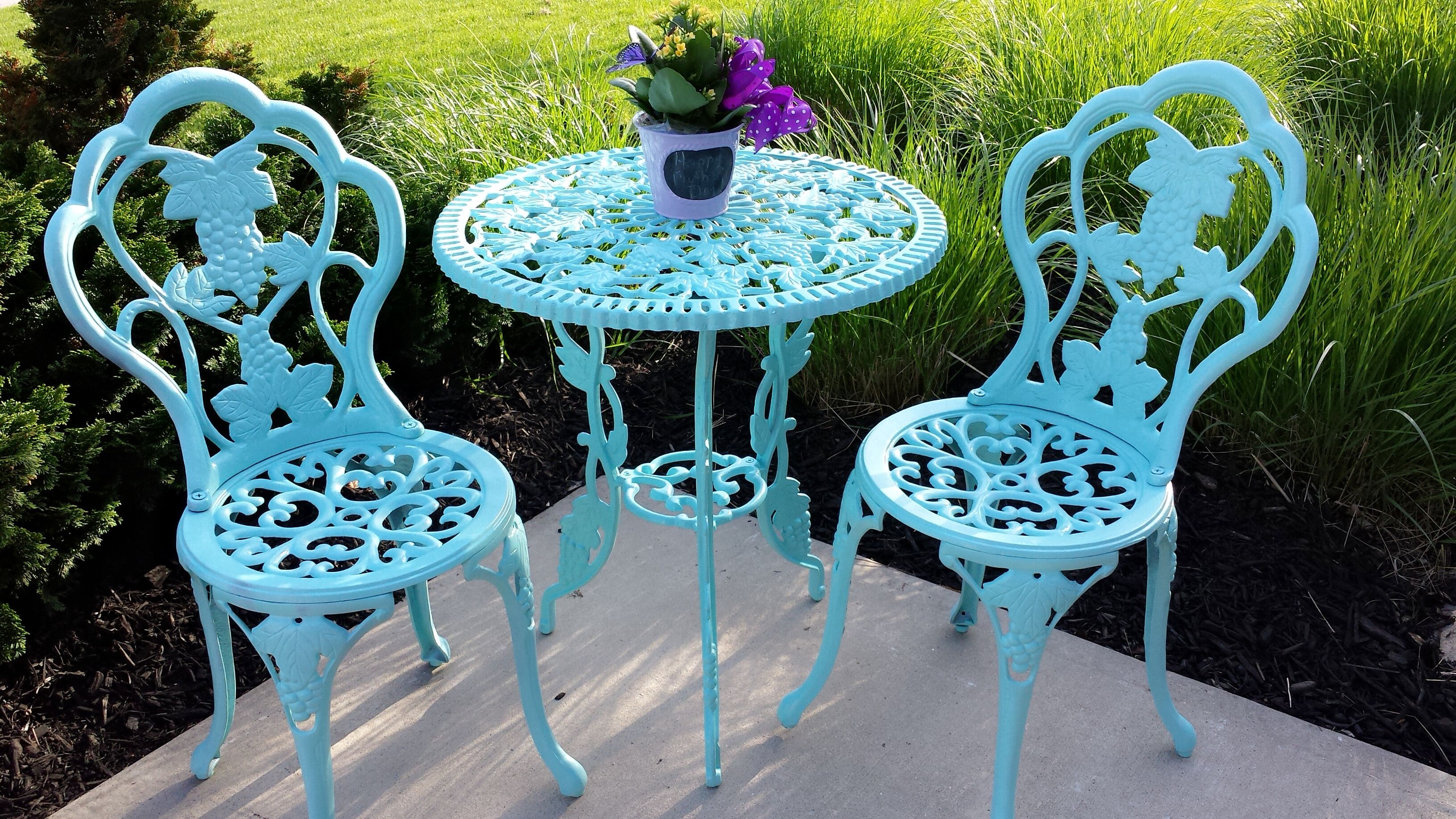

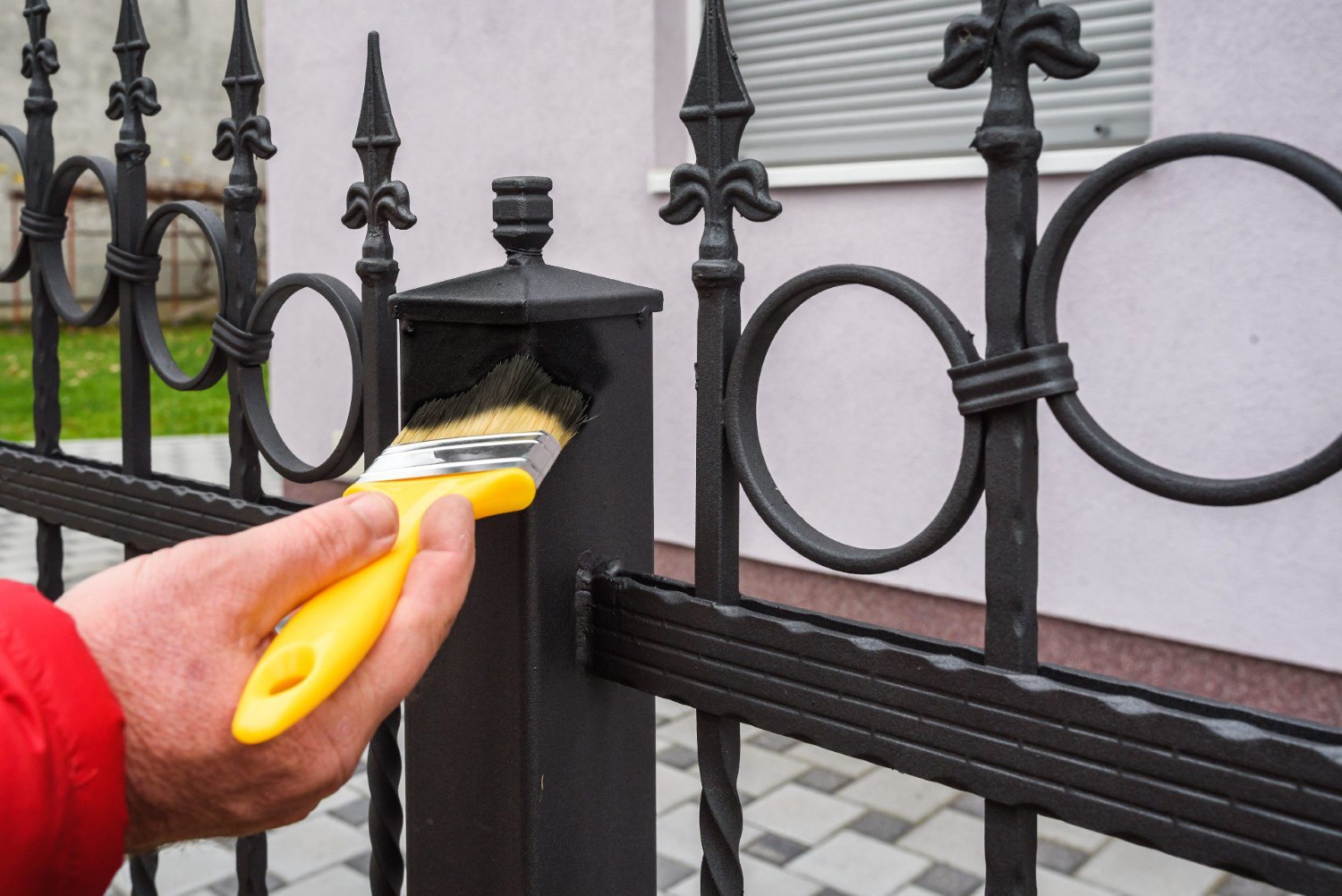
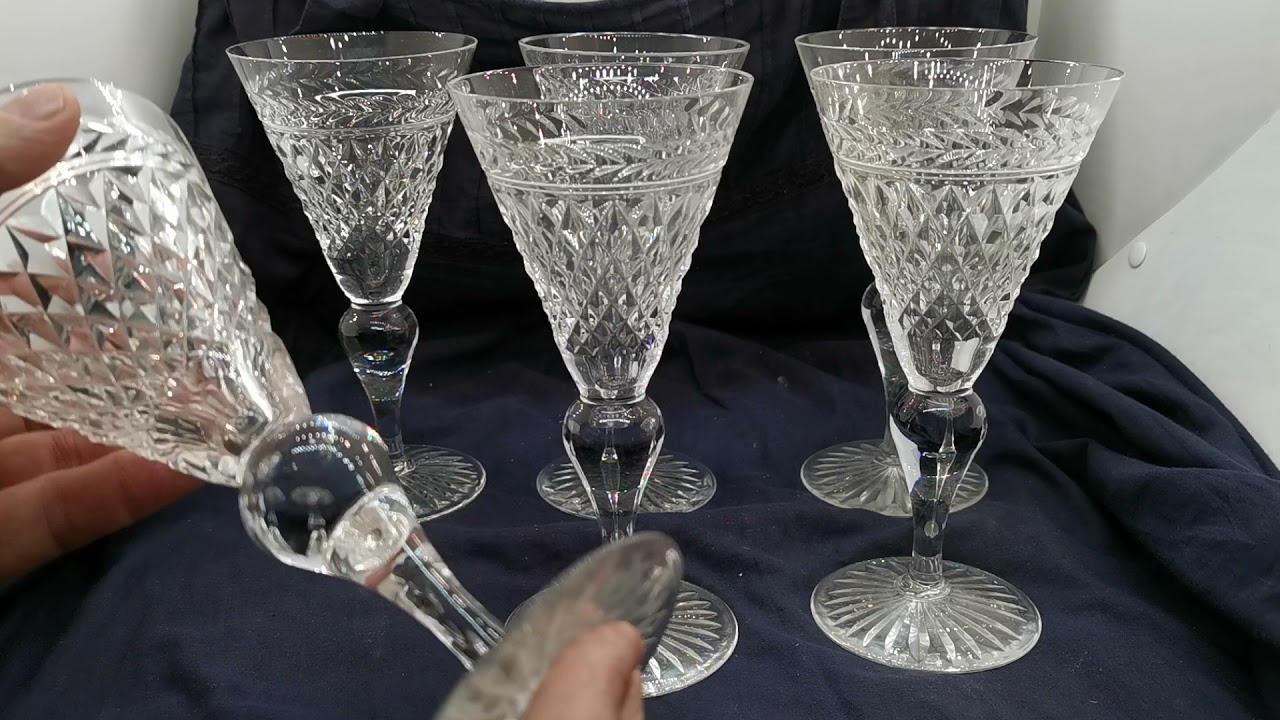
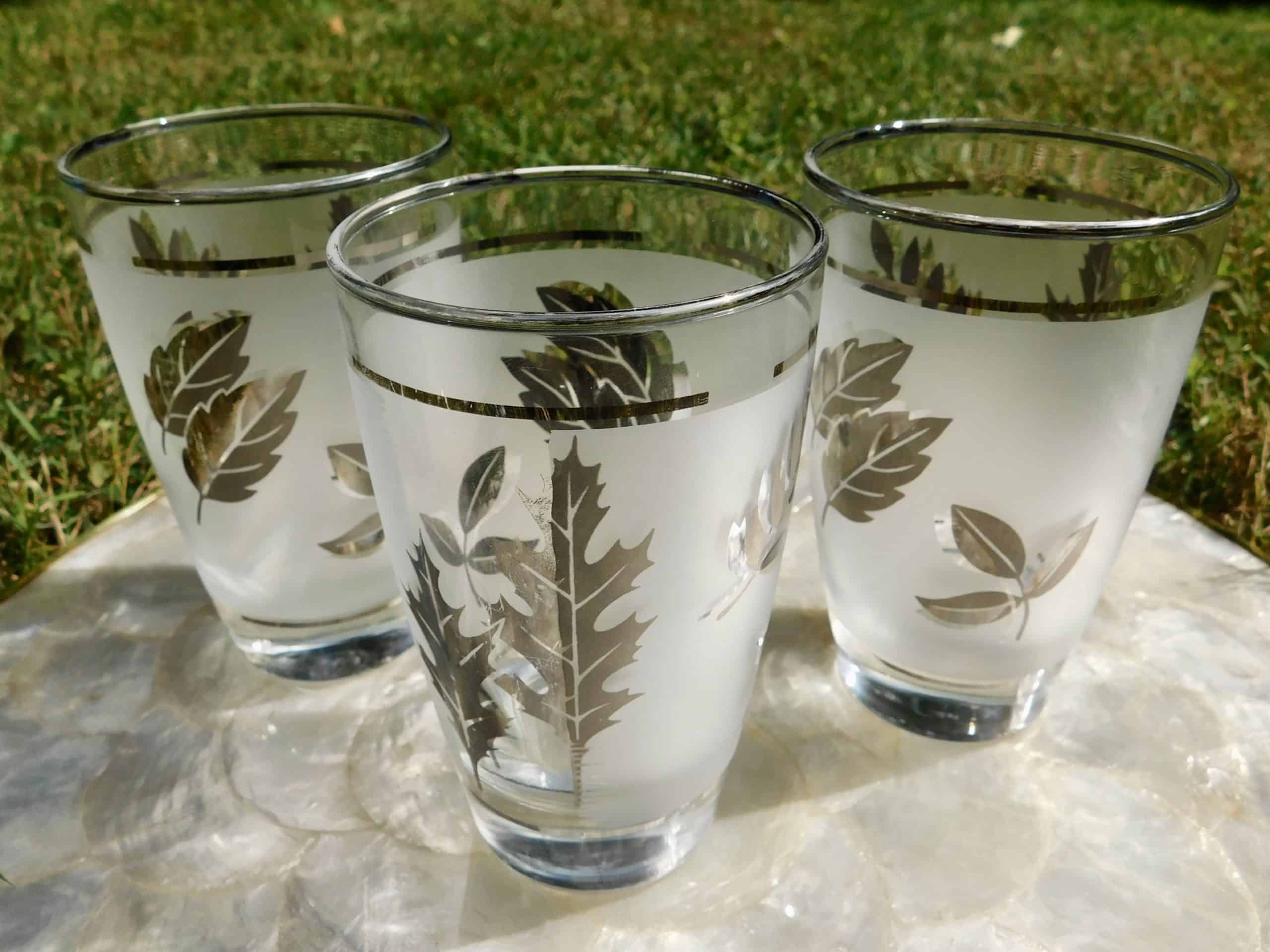
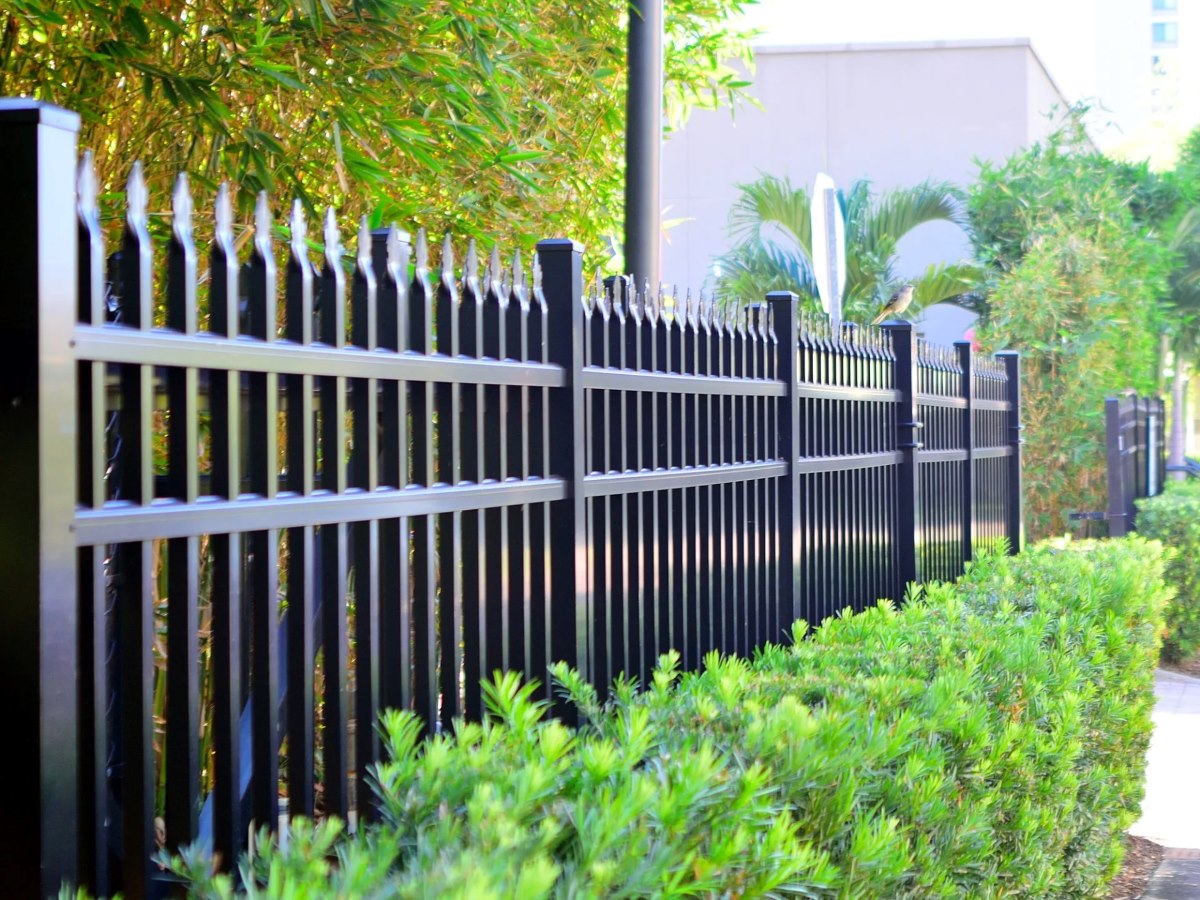
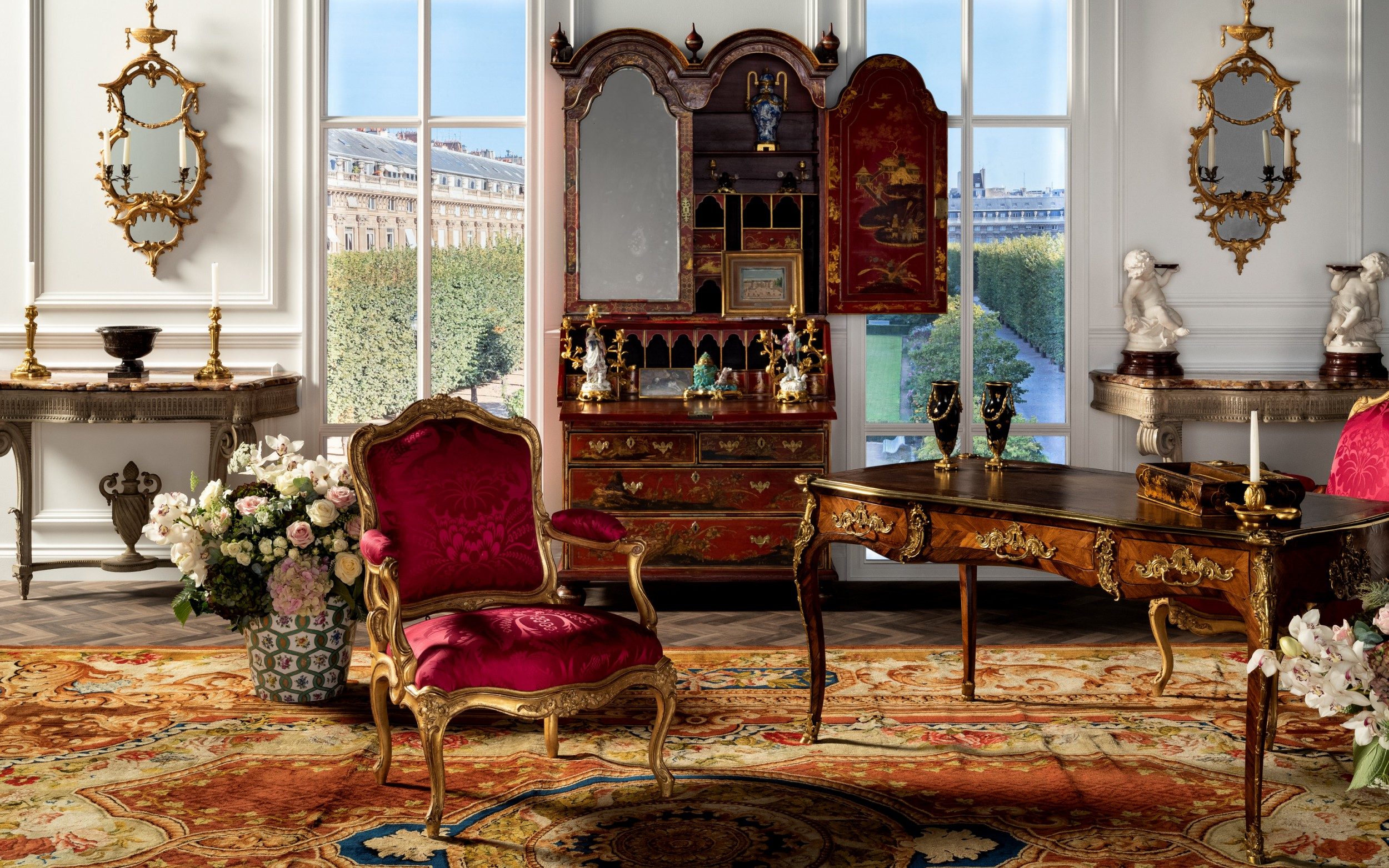
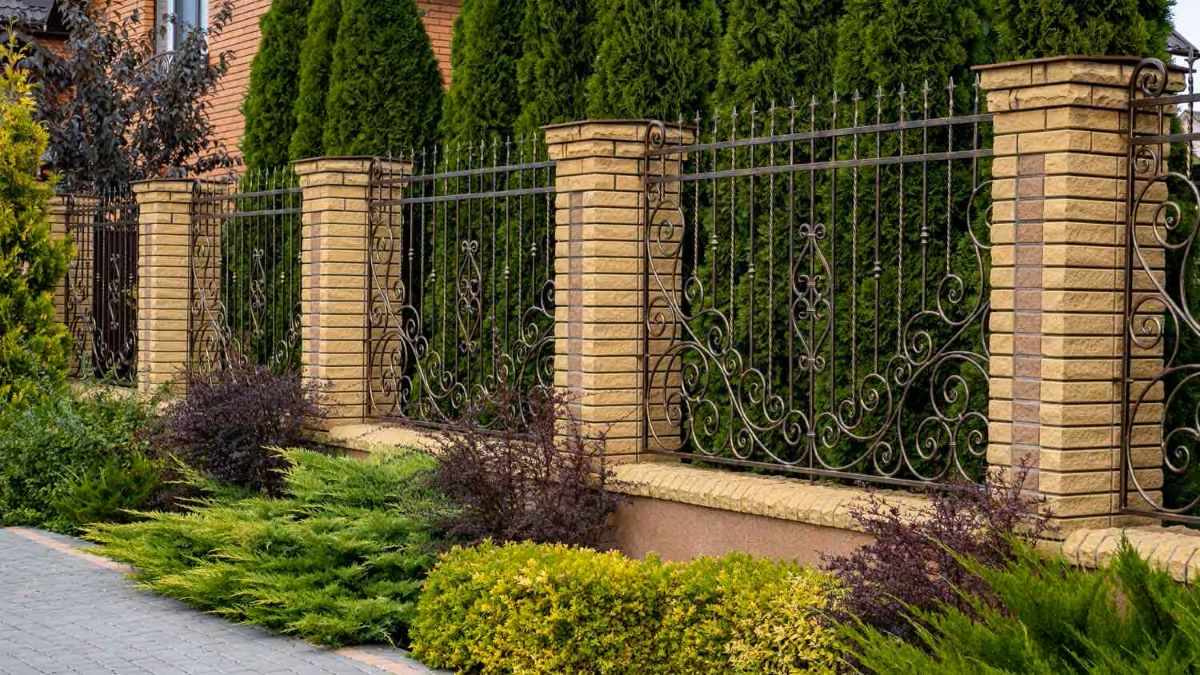
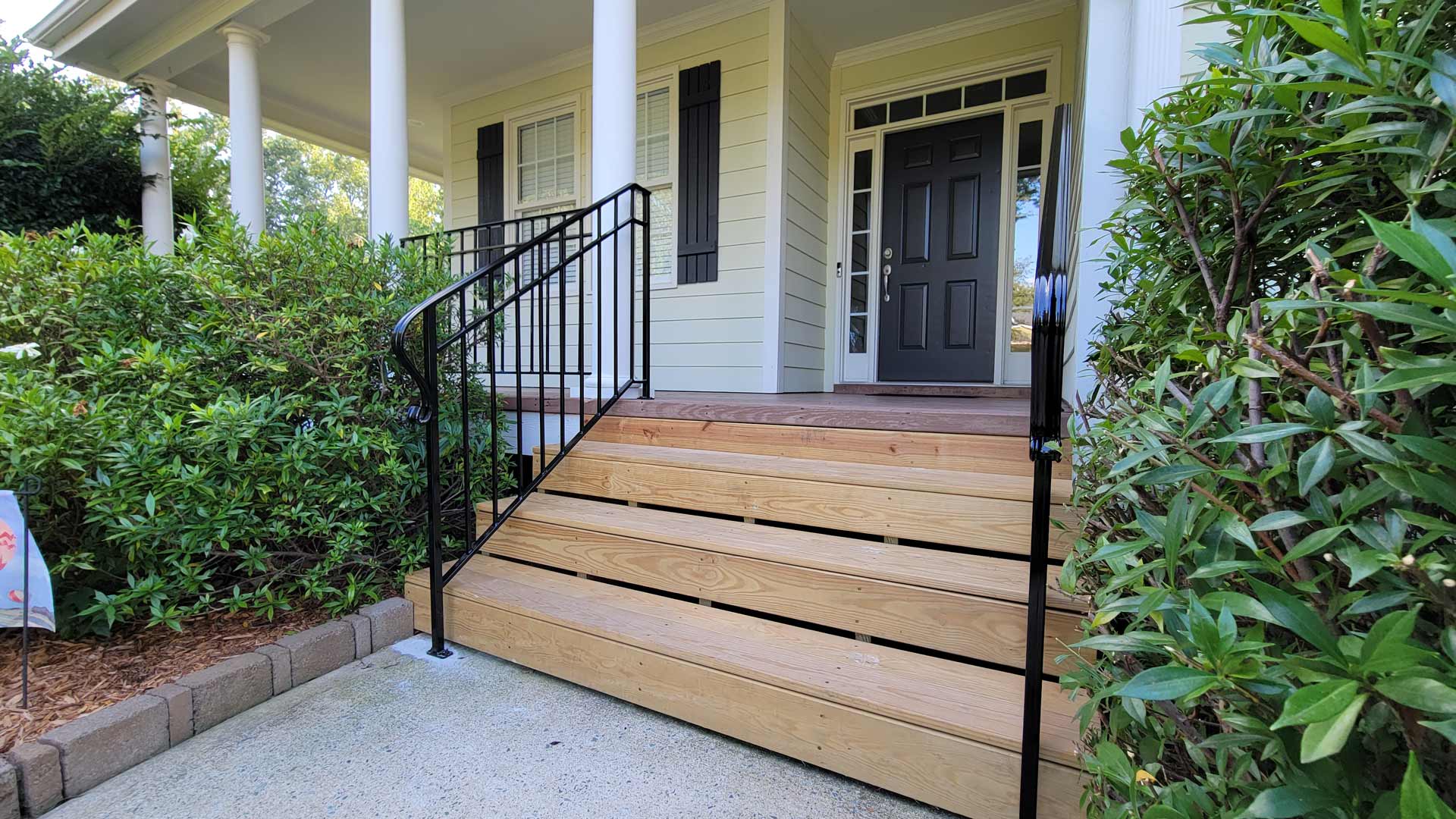
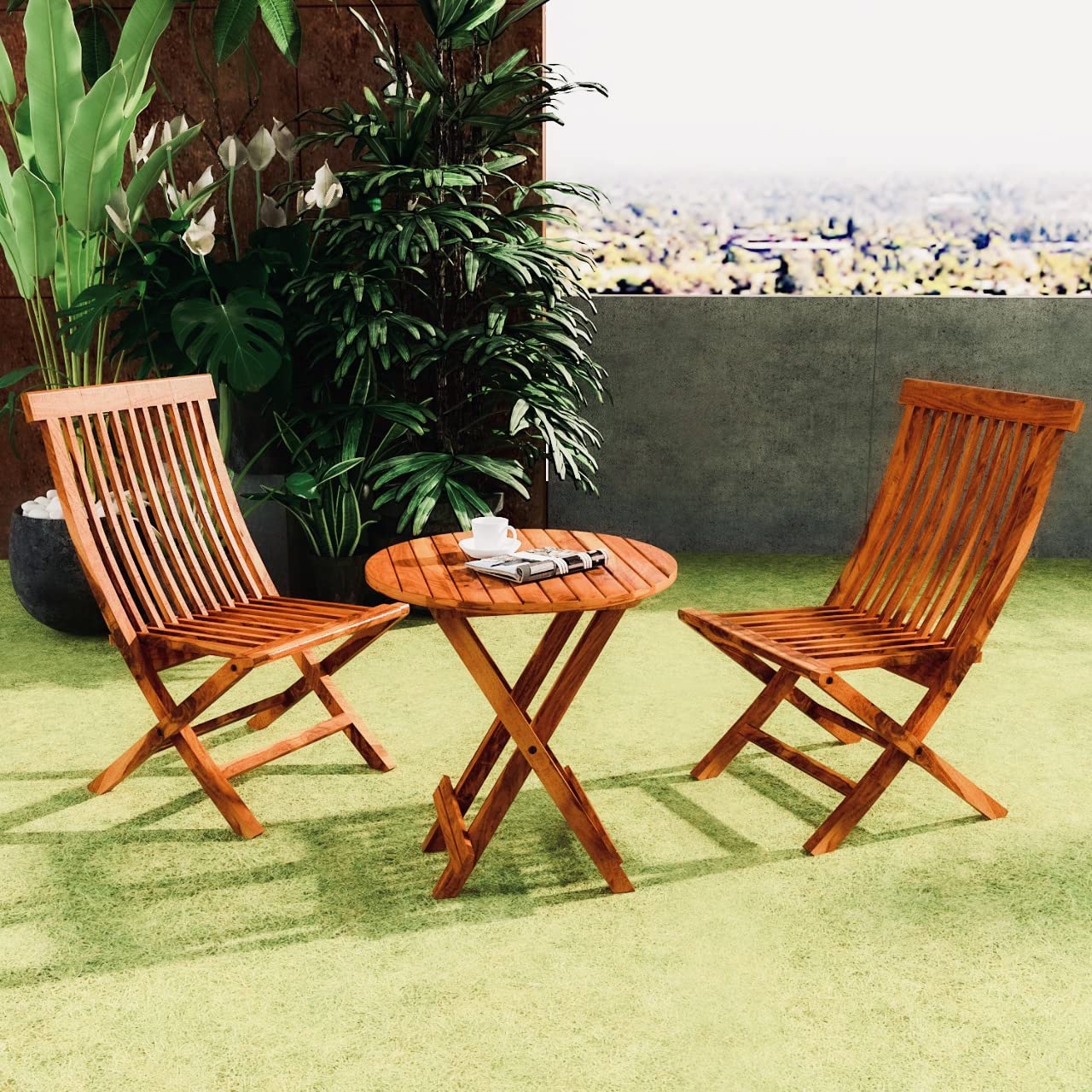
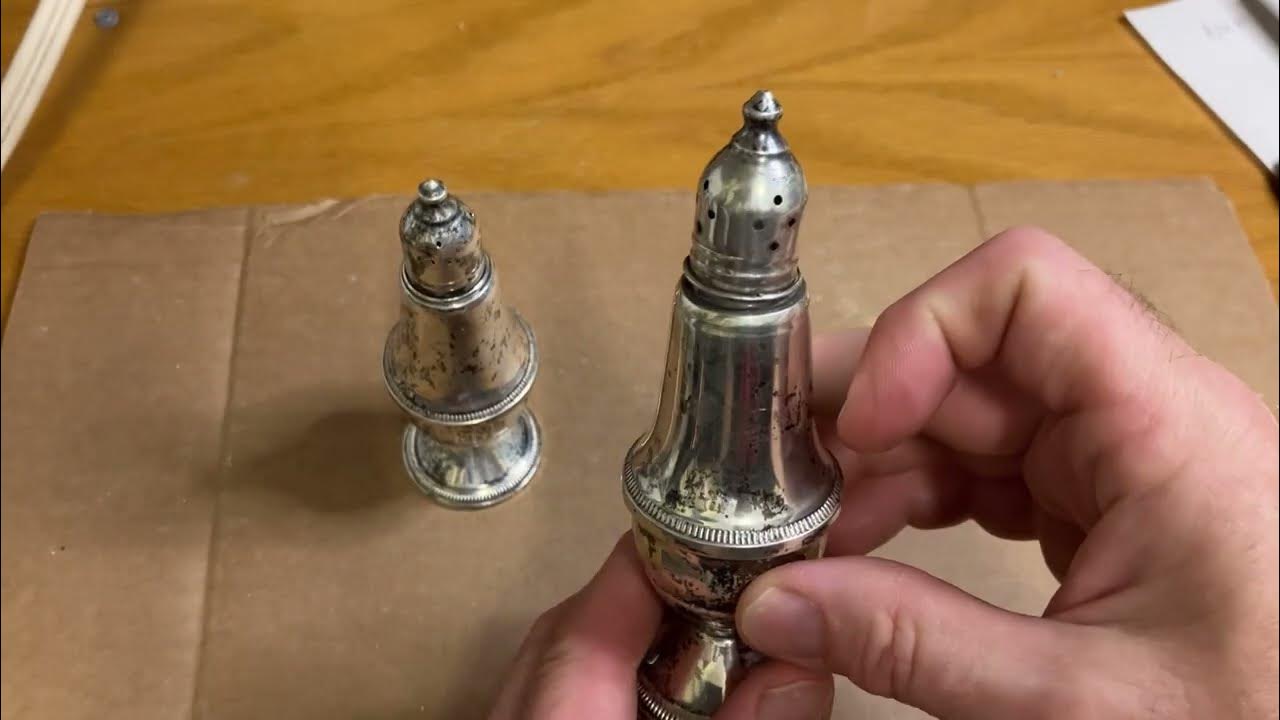
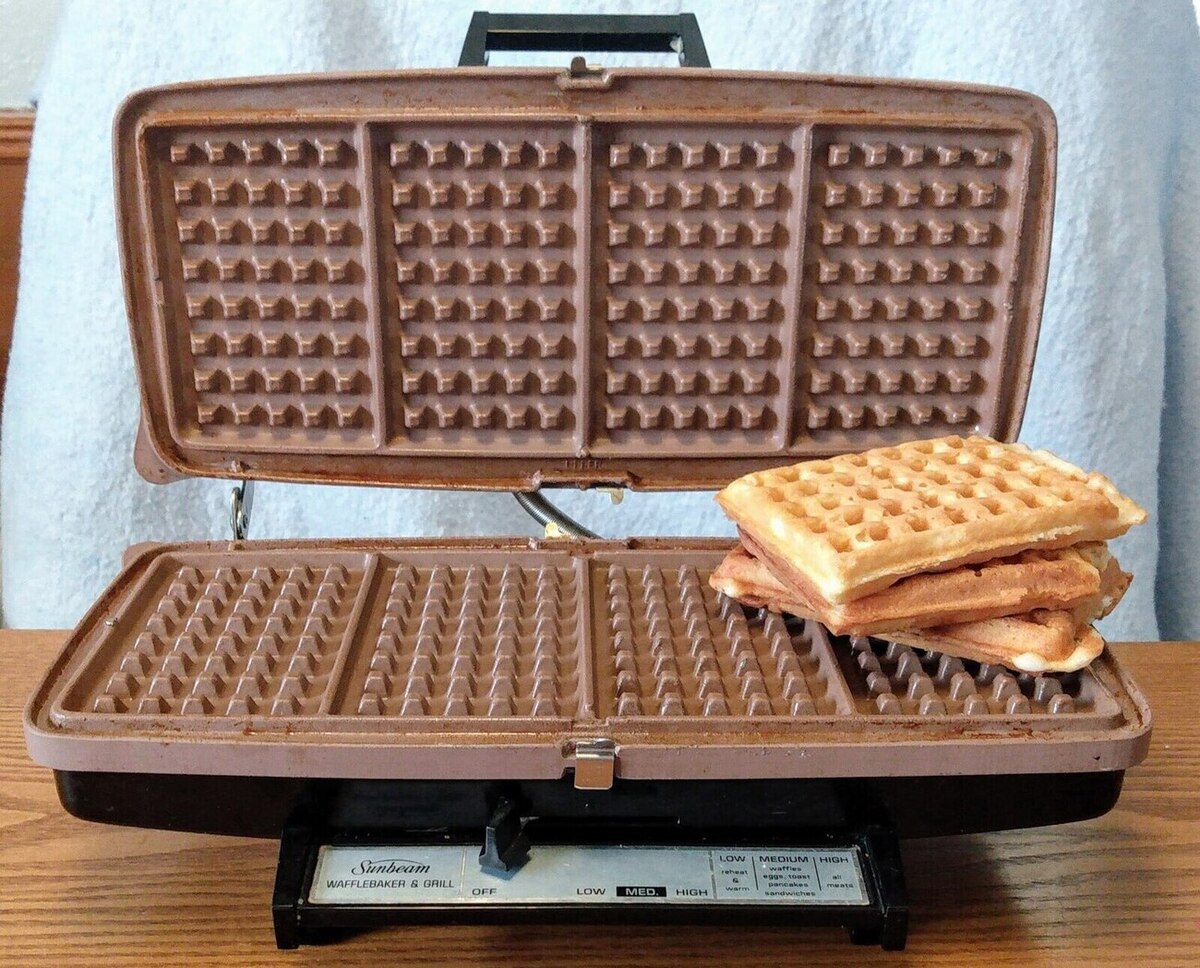
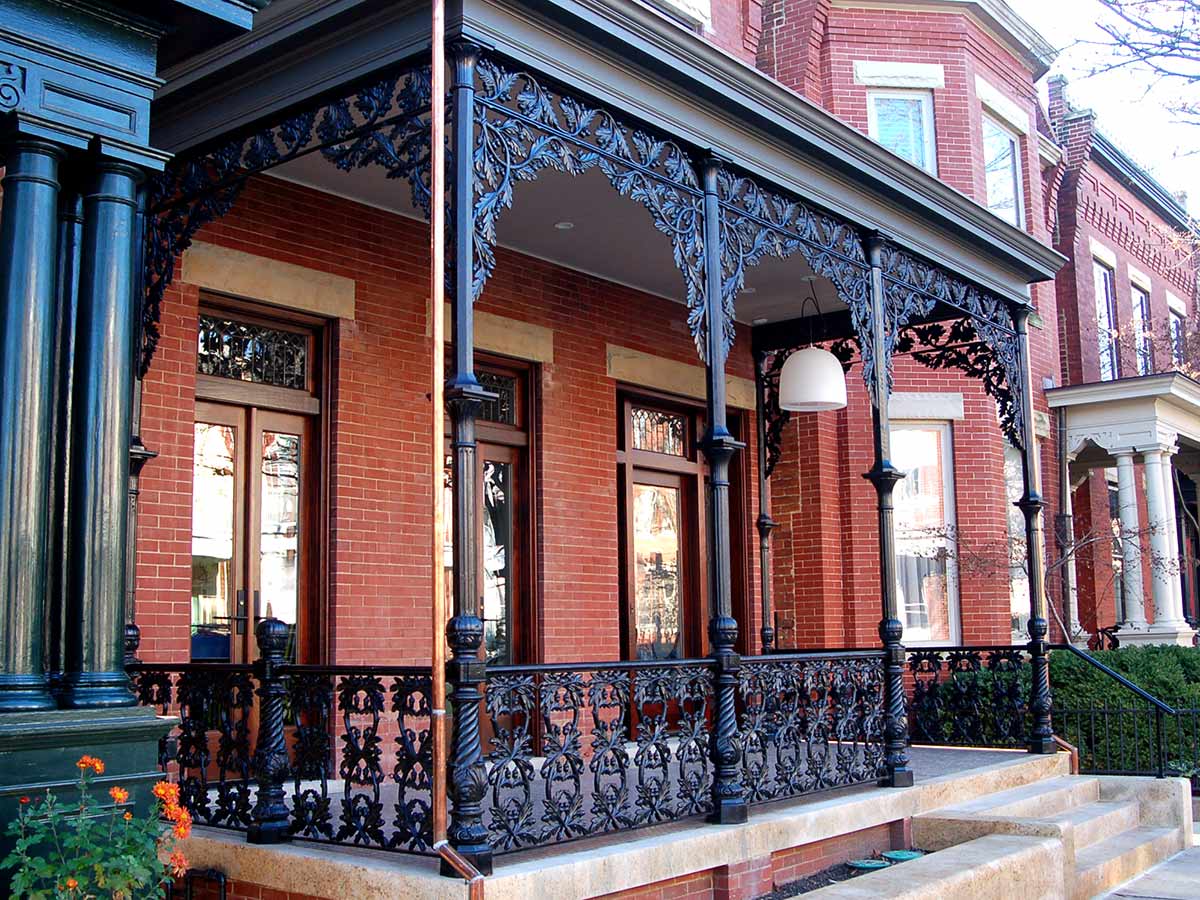
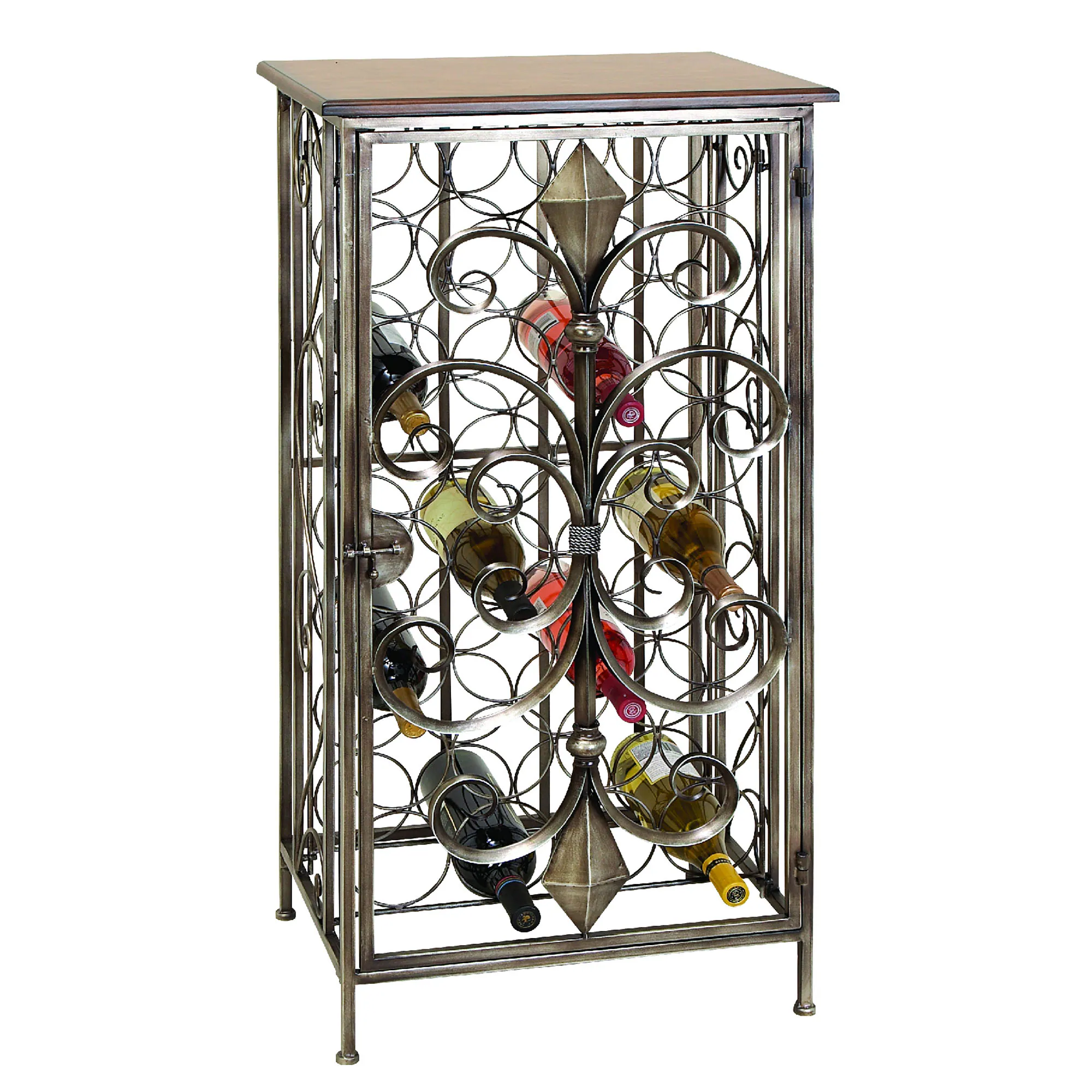

0 thoughts on “How To Identify Vintage Wrought Iron Furniture”